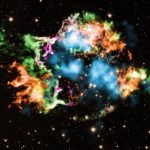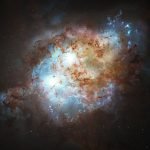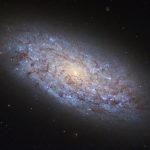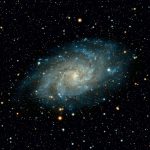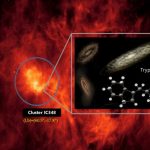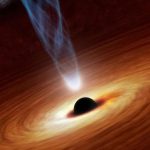Scientists present first evidence of gravitational wave ‘background’
A quintet of new studies offers the first direct evidence of a gravitational wave background, confirming standard models of black hole growth.
Researchers have found...
Scientists find a planet that shouldn’t exist
Scientists made a remarkable discovery of a planet's survival after what should have been a certain demise at the hands of its sun.
Scientists find double quasar in early universe
Scientists have made an unexpected discovery — a pair of gravitationally bound quasars inside two merging galaxies that existed when the universe was just...
World’s largest radio telescope finds the missing piece in pulsar evolution
Astronomers from the National Astronomical Observatories of the Chinese Academy of Sciences (NAOC) and their team have made an exciting discovery using the Five-hundred-meter...
Dark matter interacts with gravity in a non-local way, shows study
Ever wondered about the mysteries of the universe and how everything, near or far, is connected?
The answer lies in gravity, a force that pulls...
Supervillains take note. Here’s a new way to destroy a star
If you’re an evil genius supervillain looking to freak out your enemy with a big messy space kablooie, here’s a novel way to do it.
What might extraterrestrials see when observing our Milky Way?
Imagine you're an alien astronomer, millions of light years away, looking at our Milky Way galaxy through your super-powered space telescope. What would you see?
A nearby supernova almost destroyed the solar system before it could form
Way back in time, about 4.6 billion years ago, our Sun and planets were busily forming nestled inside a cloud of gas and dust.
Not...
Scientists discover amino acid tryptophan in space
Scientists found evidence for the existence of the amino acid tryptophan in the interstellar material in a nearby star-forming region.
Scientists unveil secrets of supermassive black holes at the hearts of galaxies
An immense object, termed as Sagittarius A*, is nestled in the heart of our Milky Way galaxy.
This cosmic beast, a "supermassive" black hole, is...


